Dormant Grass Seeding: Pros And Cons Of Planting Grass Seed In Winter
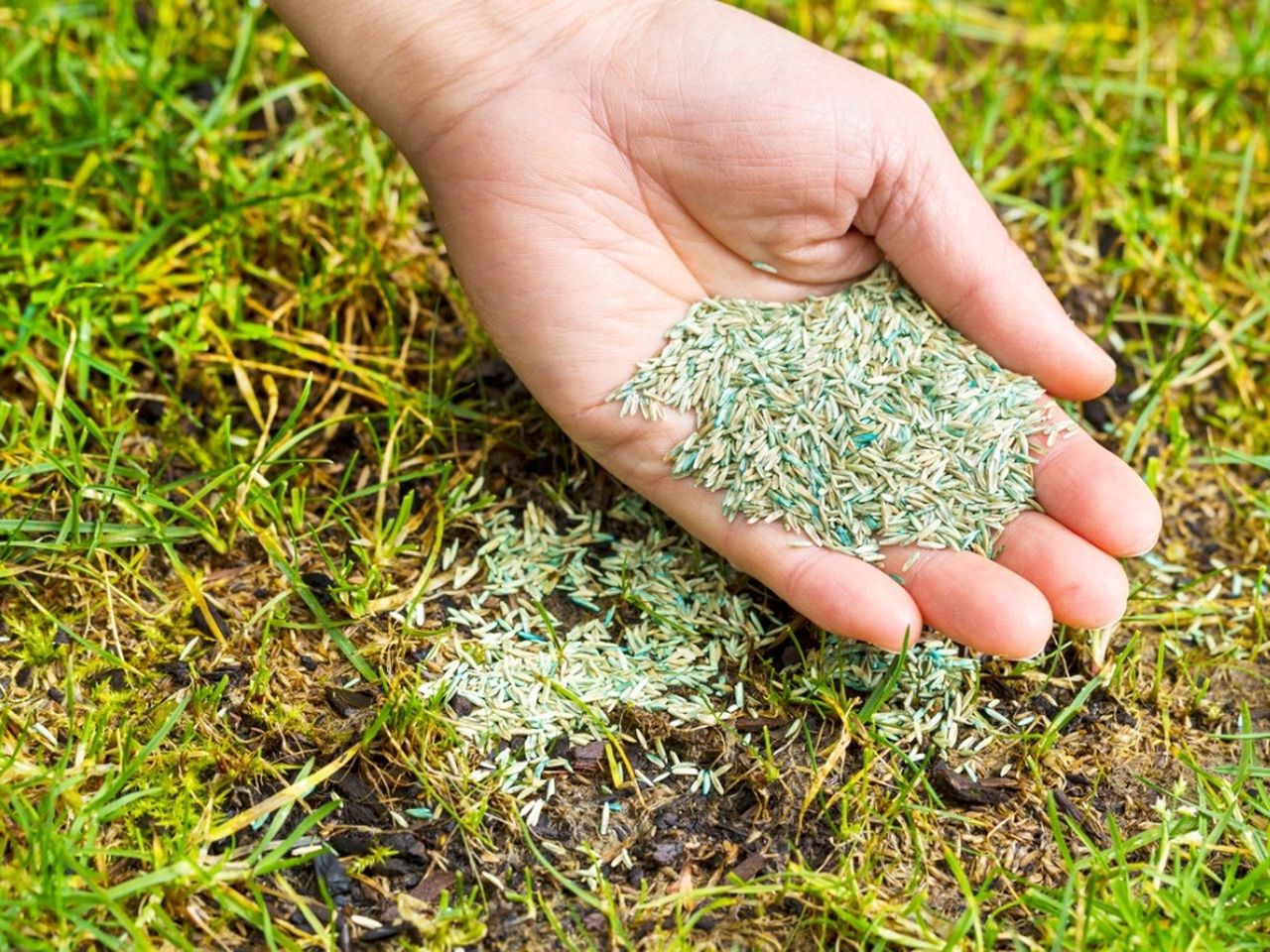

Knowing when to put down grass seed is essential to getting the best results. Most people tackle this chore in early fall while soil is still warm, but the weather is a little cooler. Spring is another popular option. Not many people think of seeding their lawn in winter, but this technique, known as dormant seeding, can be effective for filling in patchy spots.
What is Dormant Grass Seeding?
Dormant seeding is the practice of putting down grass seed in late fall or early winter. The idea is that the seeds will remain dormant on the ground, ideally under a layer of snow, and germinate and sprout in spring.
Where Dormant Seeding Works
Planting grass seed in winter doesn’t work in all locations. The ideal scenario is a lawn that will soon be covered with snow and remain snow-covered for the rest of the season.
If you can’t get that consistency, winter overseeding can be a problem. The frequent warming and cooling interferes with the timing of seed germination. They may germinate too soon and then die in a cold snap.
Tips for Winter Overseeding
If your location is ideal for planting grass seed in winter, here are some tips for the best results:
- Time the seeding so that the ground is cold but not frozen. Do it too early and the seeds will germinate and sprout, then freeze. The soil temperature should be no warmer than 40 degrees Fahrenheit (4.4 Celsius) to avoid early germination.
- Make sure there is good contact between the seeds and the soil so germination occurs. You can do this by cutting the grass shorter than you normally would and by preparing the soil with a rake.
- Avoid dormant seeding on thick areas of grass. You won’t get good soil-seed contact. This strategy is best for patchy, thin areas.
- Water the area lightly before leaving it alone until spring. If you get some unusually dry and warm weather later, you may need to water again.
- Once spring arrives and the snow has melted, start watering the seeded areas. You want the top one-half to one inch (1.25 to 2.5 cm.) of soil to be consistently moist.
- If you get a late cold snap or frost after the seeds have germinated, you may need to provide some protection, like straw.
Gardening tips, videos, info and more delivered right to your inbox!
Sign up for the Gardening Know How newsletter today and receive a free copy of our e-book "How to Grow Delicious Tomatoes".

Mary Ellen Ellis has been gardening for over 20 years. With degrees in Chemistry and Biology, Mary Ellen's specialties are flowers, native plants, and herbs.
-
 Best Tomatoes For Containers: 10 Tastiest Varieties For Plentiful Produce In Compact Areas
Best Tomatoes For Containers: 10 Tastiest Varieties For Plentiful Produce In Compact AreasThese are the best tomatoes for containers that prove you don't need to have a large space or elaborate garden to grow delicious produce.
By Bonnie L. Grant
-
 Ultimate Potted Flowers For Spring: 8 Brilliant Blooming Options for Spring Containers
Ultimate Potted Flowers For Spring: 8 Brilliant Blooming Options for Spring ContainersCelebrate the most uplifting of seasons with the most dazzling container flowers imaginable. Here, we present some of the loveliest potted flowers for spring…
By Tonya Barnett
-
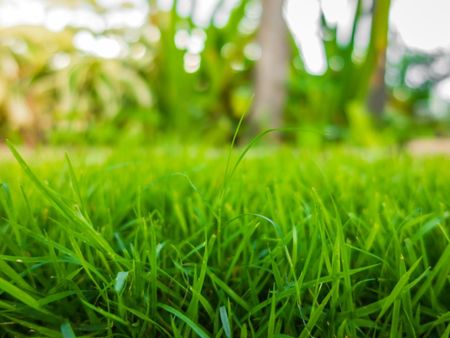 Sustainable Turf Species For A Greener Lawn
Sustainable Turf Species For A Greener LawnClick here for some of the most sustainable types of turf grass you can grow for an eco-friendly lawn.
By Bonnie L. Grant
-
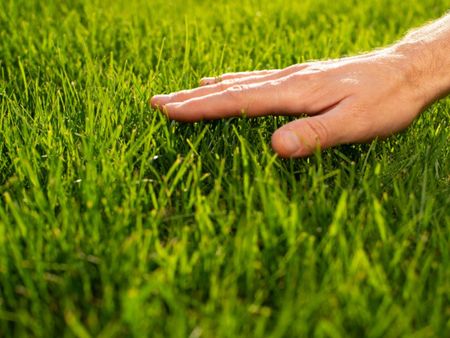 How To Grow A Sustainable Lawn
How To Grow A Sustainable LawnAdjust your thinking about a perfect green lawn and consider more sustainable methods. Click here to learn how.
By Mary Ellen Ellis
-
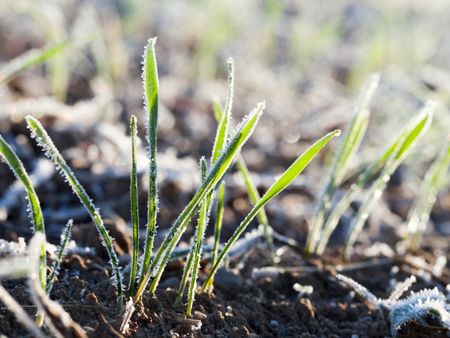 Will Frost Kill Grass Seed And How To Help New Turf Survive
Will Frost Kill Grass Seed And How To Help New Turf SurviveLearn how to help your newly sown grass survive frost and freezing weather.
By Amy Grant
-
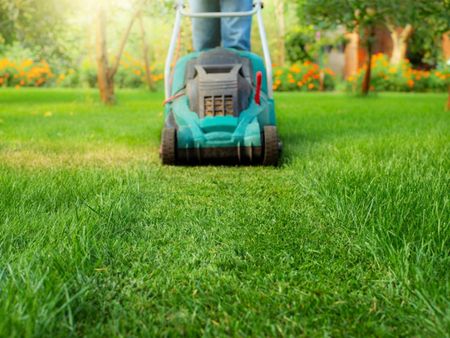 Lawn Problems That Aren’t Really Problems
Lawn Problems That Aren’t Really ProblemsYour lawn may not require as much work as you think. Learn which common problems aren’t really problems.
By Teo Spengler
-
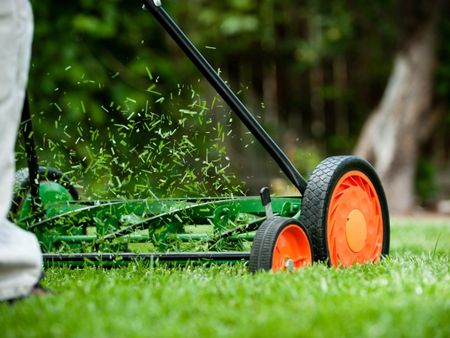 Why A Manual Push Mower Is Good For You And The Environment
Why A Manual Push Mower Is Good For You And The EnvironmentReel mowers are making a comeback, but why? Click here to learn about reel mower pros and cons.
By Amy Grant
-
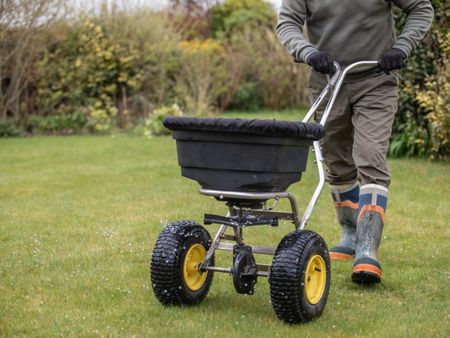 Fertilize Grass In Fall For A Lush Lawn In Spring
Fertilize Grass In Fall For A Lush Lawn In SpringFor everything you need to know about fertilizing your lawn in the fall, click here.
By Susan Albert
-
 Tips For Mowing Stripes In Lawn
Tips For Mowing Stripes In LawnWouldn’t it be great to have stripes in your lawn like a sports field? Learn how here.
By Susan Albert
-
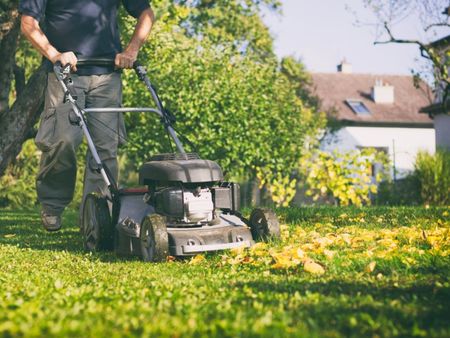 Late Summer Lawn Care Checklist
Late Summer Lawn Care ChecklistPlan to do some late summer care and maintenance of your lawn so it will be healthy and beautiful in the spring. Here are some tips.
By Laura Miller